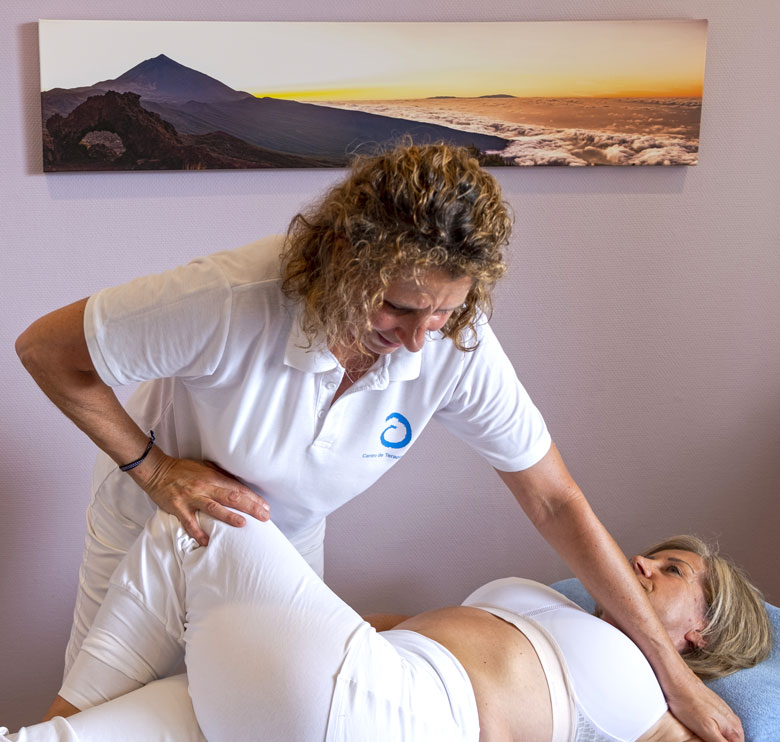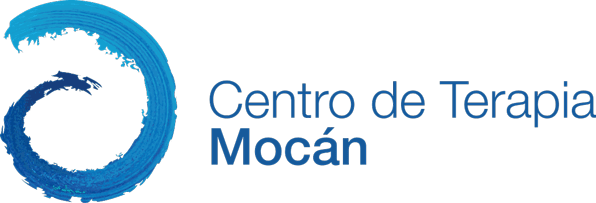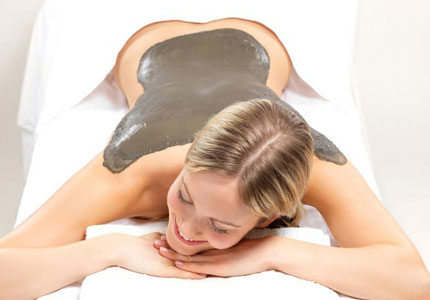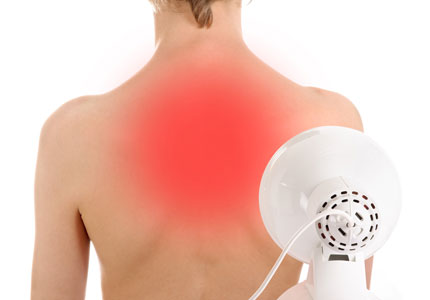Physiotherapy
Physical therapy and physiotherapy
The central focus of physiotherapy is placed on the pain experienced by the patient, as well as the impairment of the patient's functioning, mobility and activities.
The results of a physiotherapy exam permit a “current picture” to be made of the patient, on the basis of which the therapeutic techniques to be implemented are derived.
Physiotherapy makes use of manual techniques that can be supplemented by physical applications (e.g. electrotherapy, cold treatment as well as heat treatment), if required.
Our individual working methods have emerged and developed on the basis of long-time practical and clinical experience with our patients. The result has been the development of a tactile sensitivity which allows us to localise blockages, joint impairments as well as muscle and fascia adhesions.
The treatment system is the result of continued training and education which has been completed by the therapist, and which is indispensable for the further development of therapeutic capabilities.

In addition, we devise appropriate exercises and even entire programmes, since active participation on the part of the patient is a prerequisite that ensures success of the manually-administered treatment.
We have a specially-designed fitness lounge that offers various training options that can be used by the patient following instruction, and independently of the physiotherapy programmes with an elaborate exercise concept.
This corresponds with our philosophy: “Movement is life and life is movement”.
The training required to become a physiotherapist takes 3 years to complete. Continued education in various specialist areas is mandatory.








